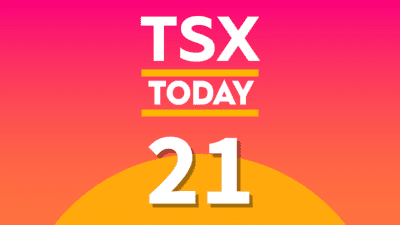In the coming battle for the votes of the Canadian middle class, a major skirmish appears to revolve around homeowners, both existing and prospective. In the opening weeks of what will be a protracted campaign, the Conservatives have already unveiled two measures aimed squarely at either homeowners or would-be homeowners.
The first was in the opening days of the campaign, when the Tories dipped into their 2008-2009 bag of tricks and proposed to bring back the popular Home Renovation Tax Credit.
The Home Renovation Tax Credit: A refresher
After the financial crisis hit, the Tories created what was then meant to be a one-time measure: you could make internal or external improvements to your home on up to $10,000 worth of projects, either one large one or combined smaller ones. The 15% tax credit was worth up to $1,350 if you maxed out your renovation price (and most people would have done so).
Indeed, I remember this tax credit fondly because our family took advantage of it. As I write these words from my home office I can peer down on our backyard — and a pond and waterfall that’s probably added $50,000 of value to our home. When I think of the many other ways Ottawa could waste our tax dollars, I tend to look at our backyard quite positively because of that tax credit.
The proposed new measure is only half as generous: the 15% tax credit applies to just $5,000 (or as little as $1,500), but unlike the original measure you can go back to the trough year after year: they describe the credit as being “permanent.” Ottawa says this credit will “save” homeowners up to $600 a year, assuming they max out the credit by undertaking the renovations.
Of course, you still have to come up with the $5,000 in the first place, so you could view this not as “saving” $600 a year but “spending” $4,400, albeit with a good chance of boosting your home’s value as the years progress. When it was announced early in August, Prime Minister Stephen Harper said it would come into effect in the 2016-2017 budget year, provided the Conservatives are re-elected in October.
Now there are only so many ponds and waterfalls a middle class family like ours has space for, but I can think of many other projects that would appeal: a new roof, for example, or a project our next-door neighbours recently completed — adding a foyer and closet space to a front door.
I’d call this a reasonable measure. It benefits homeowners and gives them a slight tax incentive to act now rather than later. (Who knows how “permanent” any tax measure will actually turn out to be?) It benefits the economy and local suppliers, who could use a little more business. The Canadian economy has hardly been robust the past year.
What about those who don’t yet own a home? That’s where the second new measure comes in.
RRSP withdrawals for first-time home buyers
The Tories are also proposing to raise the amount of money you can withdraw from a Registered Retirement Savings Plan (RRSP), from $25,000 (or $50,000 per couple) to $35,000 (or $70,000 per couple) in order for first-time homeowners to come up with a down payment. The money can be paid back without any tax consequences over 15 years.
This extension of the Home Buyer’s Plan makes sense to the extent that soaring home prices in Vancouver, Toronto, and other major urban centers continue to break through the stratosphere, making it that much tougher to come up with a decent down payment on a first home. It’s always toughest getting your first feet on the housing ladder, particularly at these prices. As I frequently observe, the foundation of financial independence is a paid-for home, and the first step to a paid-for home is to buy it in the first place, usually with the help of a down payment and a mortgage.
True, some purists in the retirement savings camp may squawk about lost compounding and growth of savings in an RRSP but as has often been observed, you can’t live in an RRSP. It can be frustrating watching home prices rise faster than you can save up a down payment.
Ideally, you’d save in a TFSA or get assistance from the BOMAD (Bank of Mom and Dad) instead, but not everyone is that fortunate. Nobody’s putting a gun to your head to tap into your RRSP for this purpose, but it would be nice to at least have the option.







